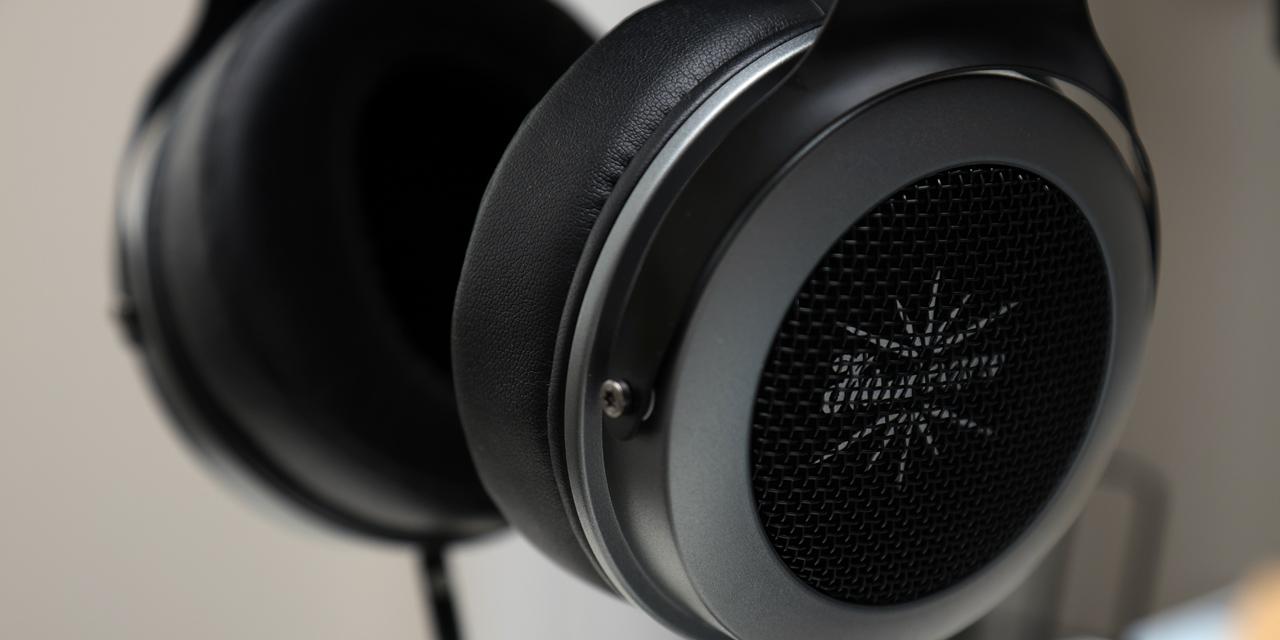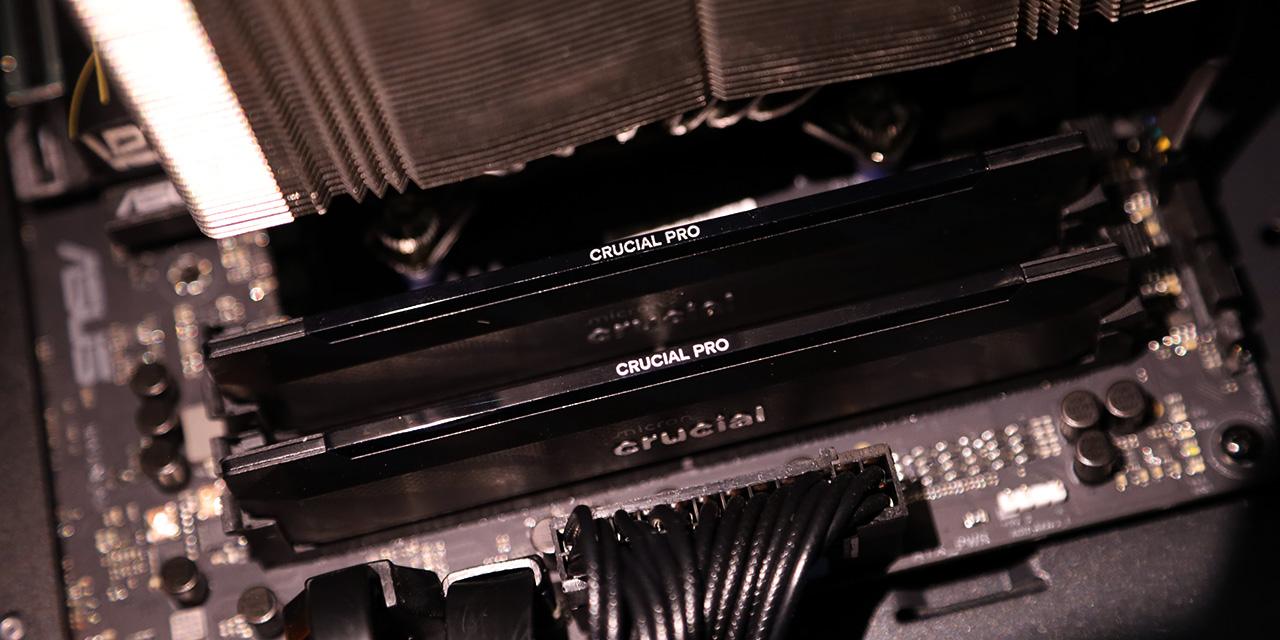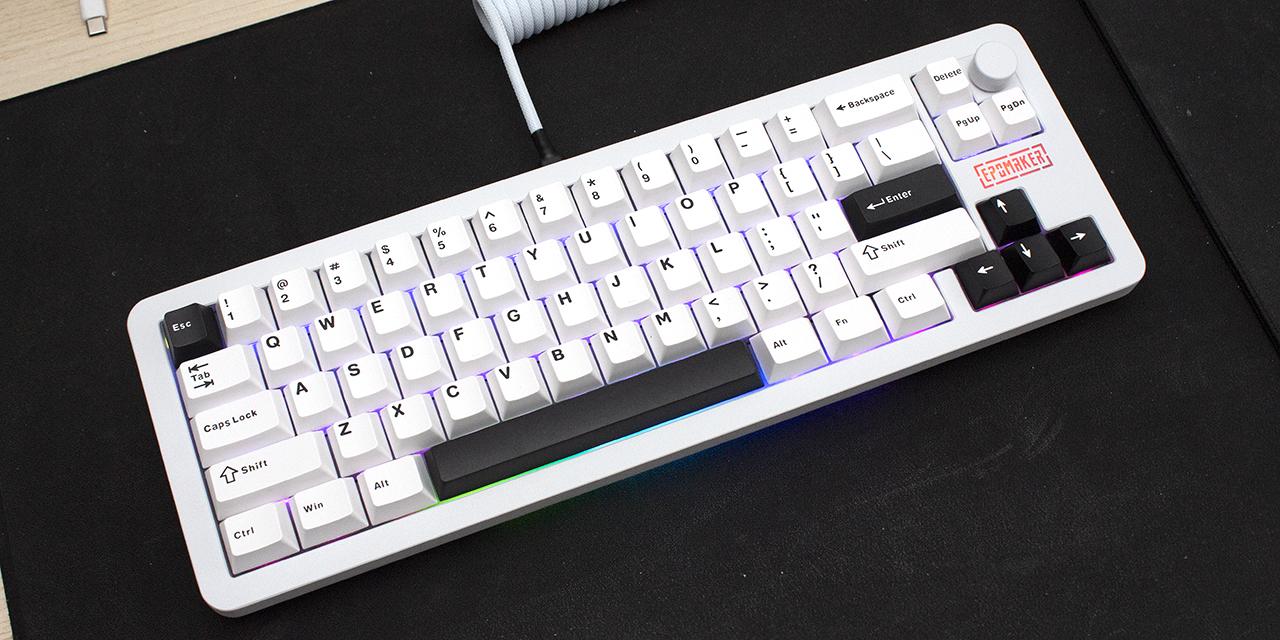
By: Jonathan Kwan
June 27, 2025
One thing I have always enjoyed doing is browsing Calgary inner city house listings. For what appears to be an old 1960s bungalow on the outside, many of them have nothing about it on the inside that is still mid-century. From the kitchen to the washrooms to the bedrooms, the house would have been completely stripped down to the studs and renovated from there. Now, why are there so many of these houses? Inner city neighborhoods are desirable compared to new suburbs because people like established areas, which often feature convenient access to nearby amenities like public transport, shopping centers, and prestigious schools. This drives up land value, and it is relatively cost effective to renovate an existing building to the latest standards. Of course, there are drawbacks. For one, you are still stuck with mostly the same floor plan, so you are not gaining any floor space. There are also structural things you cannot change, so you will have to live with things like low ceiling heights from houses of that era. The list goes on, and while these renovated residences are desirable to many, I would much rather just knock the house down completely and build a new one from the ground up -- which is also a popular option. When it comes to houses, there are many things you can change on the inside to make them as close to new as possible, but if you do not start from scratch, you will also carry forward any of its structural limitations. The Netac ZX20L we are reviewing today is, in a lot of ways, analogous to this. The inside has been updated with the USB 3.2 Gen 2x2 interface, but otherwise looks exactly the same as the ZX10, a product whose appearance I described as "outdated and cheap" in 2024. Is the ZX20L's interface upgrade enough to convince us to overlook its appearance? Read on to find out!
Our review unit of the Netac ZX20L 512GB arrived in a small brown corrugated cardboard box alongside the US9 512GB from Shaoguan, Guangdong, China. I have never heard of this city before, but a quick Google Maps search showed it is located about 300km north of Shenzhen. Everything arrived in excellent condition to us here in Calgary, Alberta, Canada for our review today using the FedEx International Priority service.
The Netac brand is not new to me, as I have reviewed the ZX10 2TB a little bit over a year ago. The compact retail box is based off the same template Netac uses for all their products. so you can see the ZX20L retail package's family resemblance. As you can see in our photo above, the predominantly black, white, and red design is complemented by areas of shiny finishes, particularly a stylized "t" from the brand itself. A photo of the ZX20L portable SSD is shown in three-quarter view. At the top, you will find Netac's logo, product description, and USB 3.2 Gen 2x2 Type-C interface. On the opposite corner, the ZX20L model number is listed as well as a badge signifying it can pull up to 2000MB/s. The drive's capacity is printed on a sticker in the top right corner. System requirements and specifications can be found at the back of the box.
Before we move on, let us take a look at the features and specifications of the Netac ZX20L 512GB, as obtained from the manufacturer's website:
Model: ZX20L
Interface: USB 3.2 Gen 2x2 Type-C
Transmission Speed (MB/s): up to 2000 MB/s
Color: Black + Silver + Red
Operation Temperature: 0℃ ~ 70 ℃
Storage Temperature: -40 ℃ ~ 85 ℃
Size: 102 x 30 x 9.2 mm
Support Systems: Windows/Mac/Linux/Android
Warranty: 5-year
Out of the box, everything is neatly laid out thanks to a white plastic tray, small foam bracket, and the fact there is not a whole lot of stuff to begin with. You will receive the Netac ZX20L 512GB itself, USB Type-C to USB Type-C cable, USB Type-C to USB Type-A cable, nylon drawstring bag, and a multi-language user manual. This is a practical bundle that contains a little more than the usual USB SSD, but I am always appreciative of having both USB Type-C and USB Type-A cables along with a nylon drawstring bag.
Page Index
1. Introduction, Packaging, Specifications
2. A Closer Look, Test System
3. Benchmark: AIDA64 Disk Benchmark
4. Benchmark: ATTO Disk Benchmark
5. Benchmark: Crystal Disk Mark 8.0
6. Benchmark: HD Tune Pro 5.70
7. Conclusion





